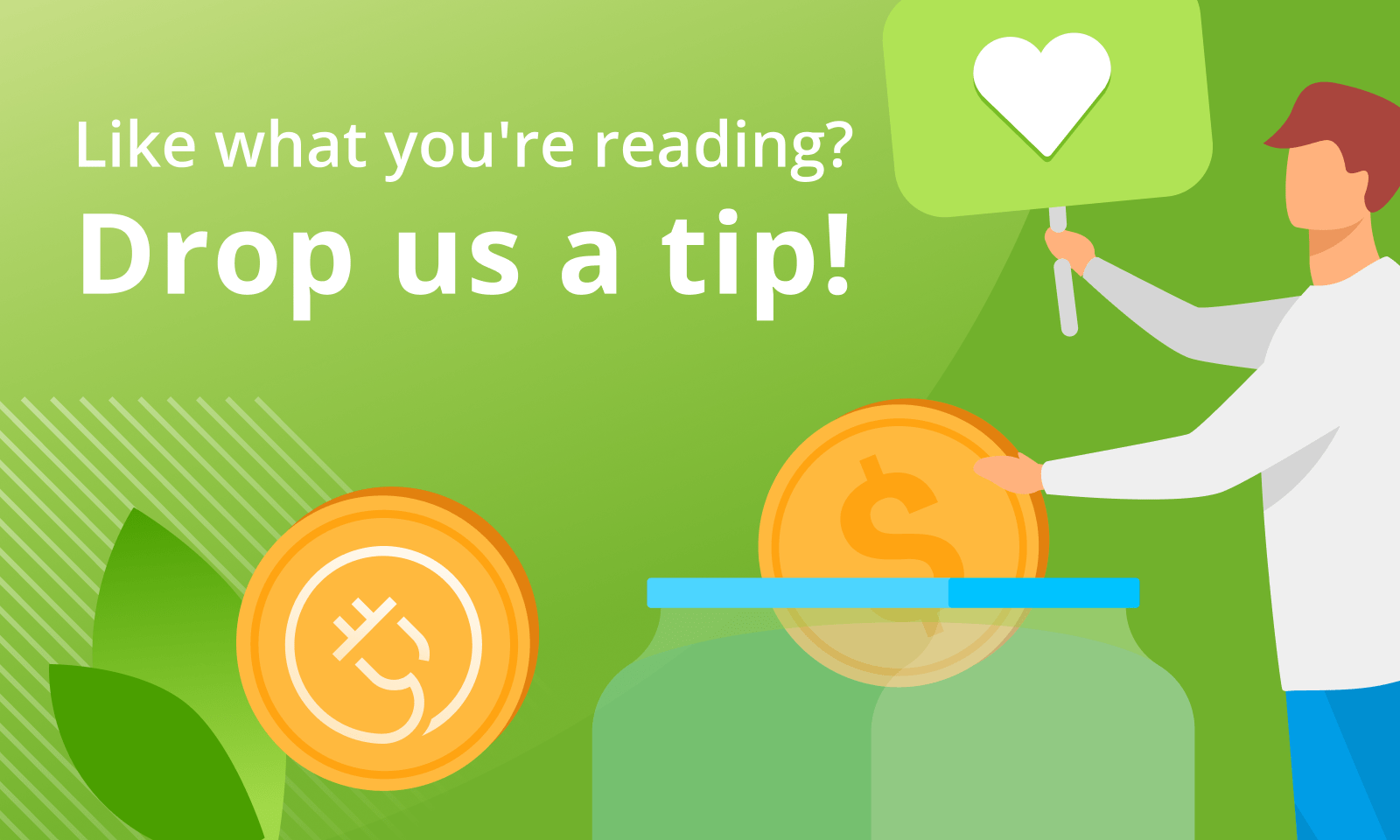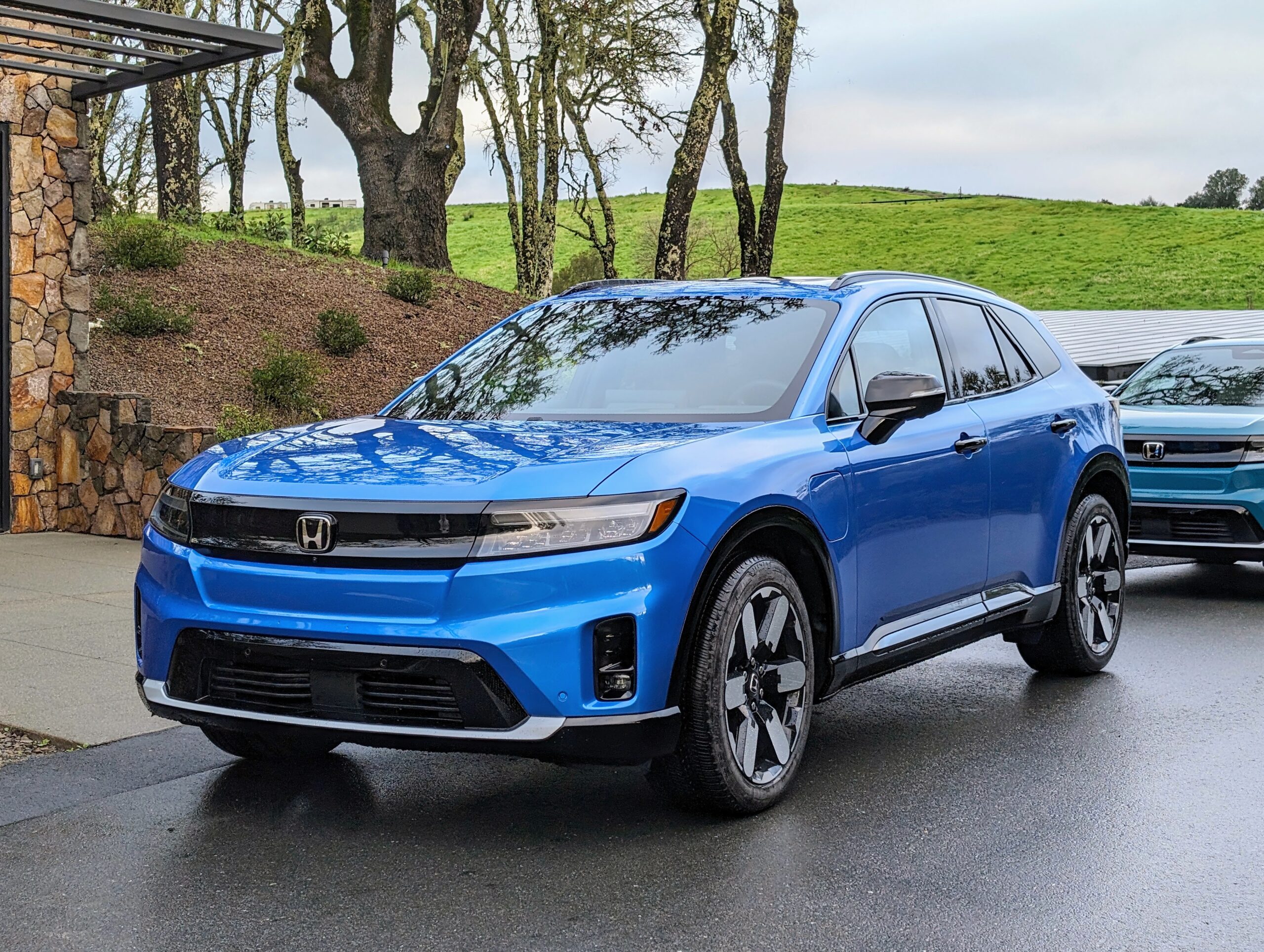Sign up for daily news updates from CleanTechnica on email. Or follow us on Google News!
California has passed a new amendment that adds to its original plastic bag ban. The state banned single-use plastic bags beginning in 2016 but allowed thicker “reusable” plastic bags to be sold for a 10 cent fee. Officials there thought that the original legislative design, with a few caveats, would be enough to stop plastic film-based pollution.
They did include an allowance for the thicker gauge plastic bags, and most people thought that the approved plastic bags would be filled during multiple shopping trips. However, consumers treated the thicker gauge plastic bags as if they were single-use. The plastic pollution problem wasn’t alleviated at all.
So California went back to the legislative drawing board. Governor Gavin Newsom recently signed SB 1053 into law, which is a plastic bag ban that really prohibits plastic film bags.
 Chip in a few dollars a month to help support independent cleantech coverage that helps to accelerate the cleantech revolution!
Chip in a few dollars a month to help support independent cleantech coverage that helps to accelerate the cleantech revolution!
Single-use plastic bags are common along the roadsides, rivers, and coastal areas where many end up after being discarded.
Single-use plastic bag bans have significantly reduced the number of plastic bags used by consumers. But loopholes like those in the original California legislation can dilute the environmental benefits of plastic bag bans, as they encourage the distribution of other types of bags that carry with them significant environmental impacts. The switch to thicker plastic bags, often available for a small fee at the checkout, continues the dilemma of single-use plastics.
The amount of plastic bag waste discarded per person (by weight) in California actually increased in the years following the first law’s implementation to the highest level on record, so the ban was ineffective at reducing the total amount of plastic waste.
On average, plastic grocery bags are used for only 12 minutes before being thrown away, and US residents use 100 billion plastic grocery bags each year, many of which end up polluting the environment. Because they’re not biodegradable, plastic bags continue to pollute the environment with harmful microplastics for hundreds of years after use. Plastic bags are among the top five deadliest forms of ocean plastic pollution, according to Ocean Conservancy research.
They’re also one of the top five deadliest forms of plastic pollution to marine life. They’re turning up in the stomachs of whales, birds, and other animals that ingest them. That’s because, as the plastics are tossed about in the white caps and currents, plastics break into tiny pieces, called microplastics. These small particles have a toxic effect on fish and other aquatic life, including reducing food intake, delaying growth, and causing oxidative damage. Microplastics often penetrate the marine animals’ biological barrier and accumulate in tissues, affecting life at the molecular level.
“But we have a simple solution that has been shown to reduce this type of plastic pollution: banning them,” says Ocean Conservancy’s director of plastics policy, Anja Brandon. Brandon is an environmental engineer who has helped draft landmark state and national legislation regulating plastic pollution. Since 1986, Ocean Conservancy’s International Coastal Cleanup (ICC) volunteers have collected nearly 3 million plastic grocery bags from beaches and waterways in the United States — enough to cover 150 football fields. Plastic grocery bags have ranked in the top ten most commonly collected items by California Coastal Cleanup Day volunteers in 7 of the last 10 years. Over a decade, volunteers have cleaned up enough plastic bags to span the length of the Golden Gate Bridge nearly 30 times.
The production, use, and disposal of single-use plastic bags releases water and air pollution that harms human health, too. More than 16,000 chemicals are used in manufacturing plastics, and at least 4,200 of these have been identified as hazardous to human health and the environment. Thousands more chemicals used in plastic production have never been tested. Many of these chemicals migrate out of plastic packaging into our foods, drinks, household products, and bodies.
Plastic Bag Bans Work!
As of 2021, more than 500 cities and towns across 28 states had a plastic bag ban ordinance in effect. Ten states — California, Colorado, Connecticut, Delaware, Hawaii, Maine, New Jersey, New York, Oregon, Rhode Island, Vermont, and Washington — had some form of statewide plastic bag ban by 2024.
States and cities with well-designed single-use plastic bag bans have successfully reduced plastic bag use and associated litter and pollution. A plastic bag ban can be expected to eliminate almost 300 single-use plastic bags per person per year on average. Bans in five states and cities that cover more than 12 million people combined have cut single-use plastic bag consumption by about 6 billion bags per year, according to the Public Interest Network. That’s enough bags to circle the earth 42 times.
Such reductions, particularly in coastal areas, reduce the risk plastic bags pose to marine animals. Well-designed bag bans encourage consumers to adopt sustainable bag options. Four studies of single-use plastic bag bans — from San Mateo County, Calif.; Mountain View, Calif.; Philadelphia; and Santa Monica, Calif. — show significant increases in reusable bag use and increases in the number of customers not using bags at all after a single-use bag ban was implemented. For example, in San Mateo County, the proportion of customers with at least one reusable bag at 13 surveyed retailers increased 162% after the county’s ban was implemented, and in Mountain View, the proportion of customers using no bag nearly tripled once a ban was imposed.
To reduce the plastic pollution that threatens our health and our environment, policymakers should adopt strong bans on single-use plastic bags to minimize plastic waste and should close loopholes that weaken or counteract the effectiveness of existing bans. Plastic bag bans reduce litter and pollution. The need to develop a common understanding of what constitutes a healthy, circular economy for plastics must be developed and implemented — soon.
Final Thoughts About Implementing A Plastic Bag Ban
I live in Florida, in a state in which freedom of speech has been translated into permitting individual actions that harm lots of others. A simple legislative act like a plastic bag ban is unlikely to find itself on my state’s legislative agenda.
So my beachfront community has a way to make single-use plastic bags at least a little useful. We participate in the Blue Tubes program, where passersby can stuff designated containers with their plastic bags. Then, when beach walkers head on their daily strolls, they can stop, grab a plastic bag, and place beach litter they encounter in it. In that way, the beach becomes cleaned, and the single-use plastic film bags are put to a slight good use.
Is the Blue Tube program an answer to plastic pollution? Absolutely not. But it’s a small step toward recognition of an enormous problem.

Have a tip for CleanTechnica? Want to advertise? Want to suggest a guest for our CleanTech Talk podcast? Contact us here.
Latest CleanTechnica.TV Videos
CleanTechnica uses affiliate links. See our policy here.
CleanTechnica’s Comment Policy





